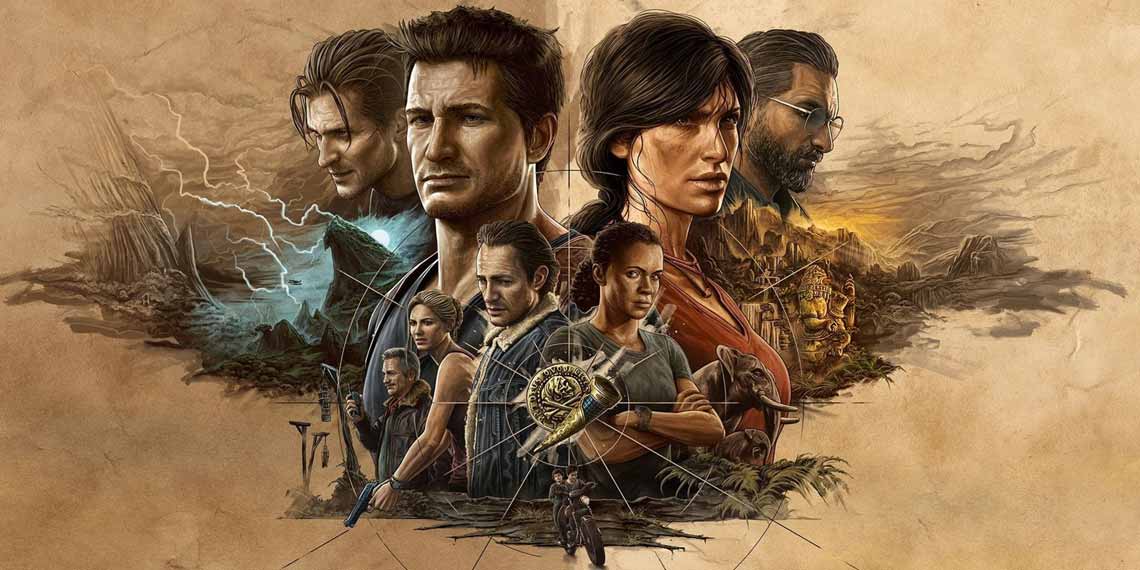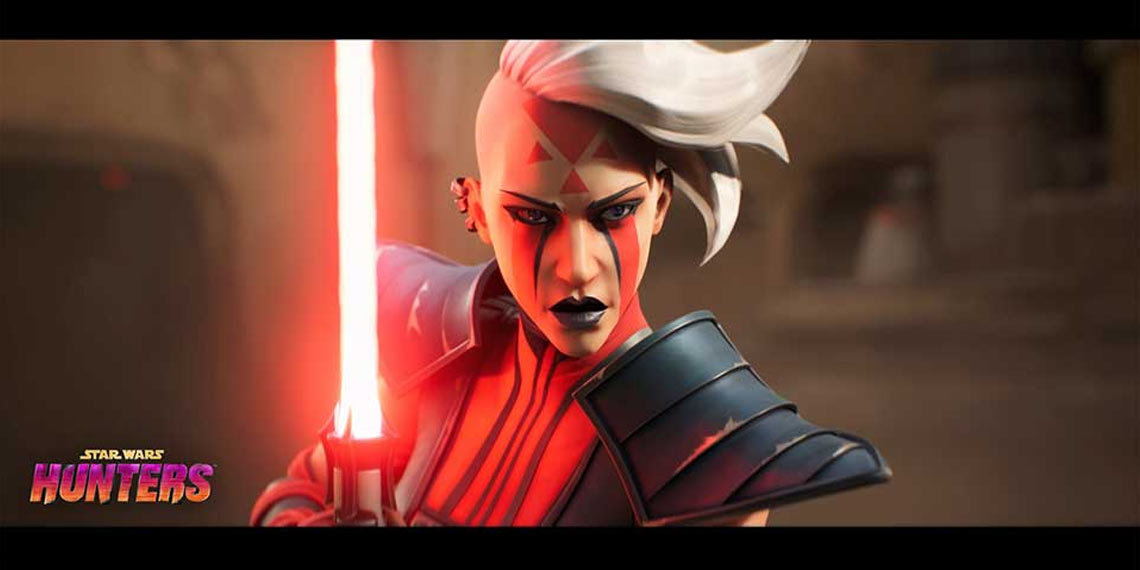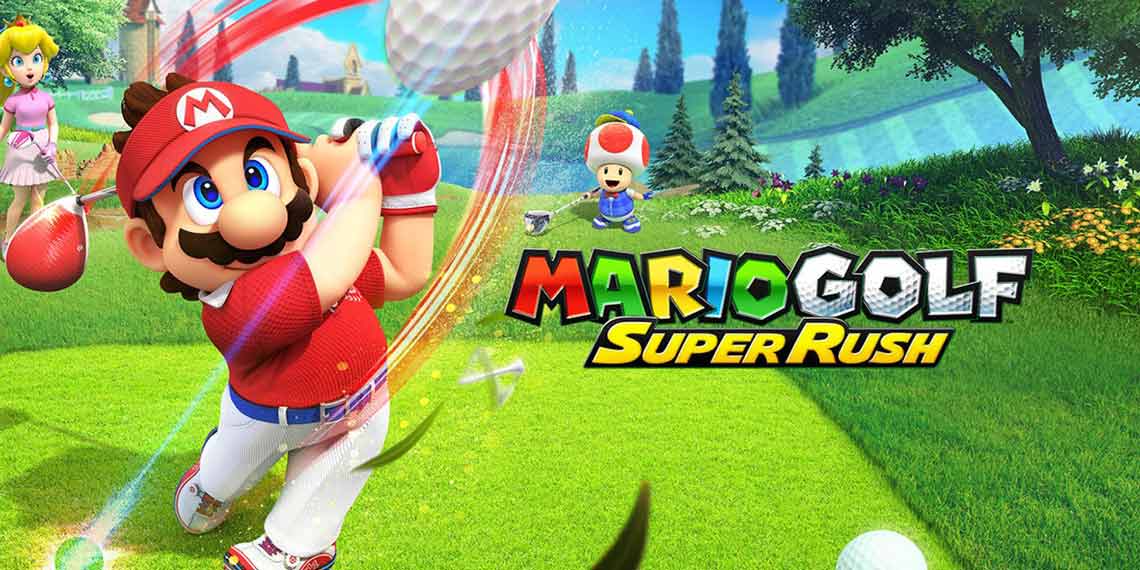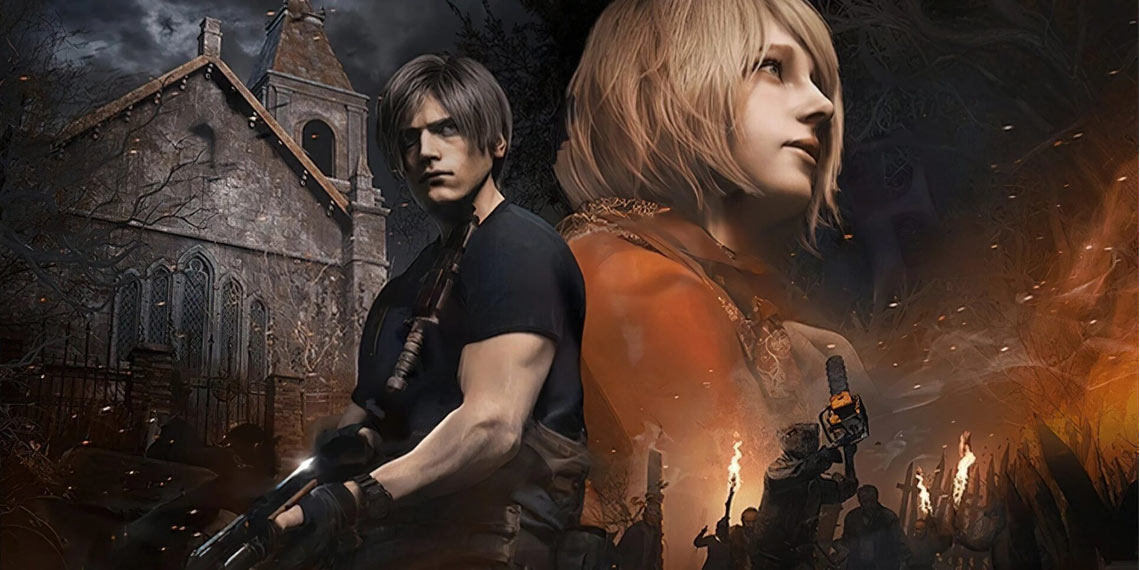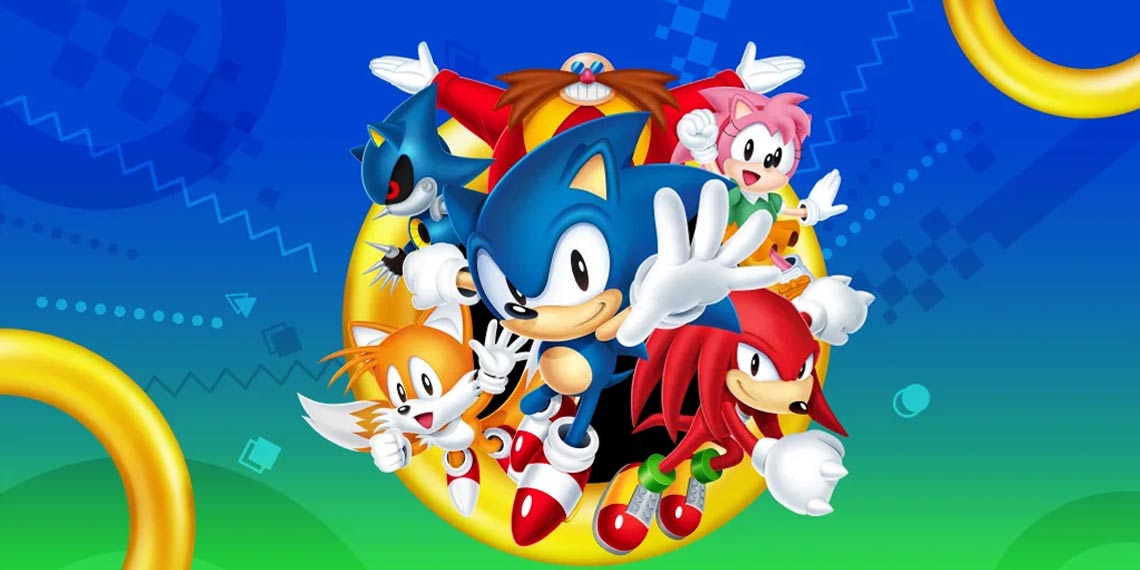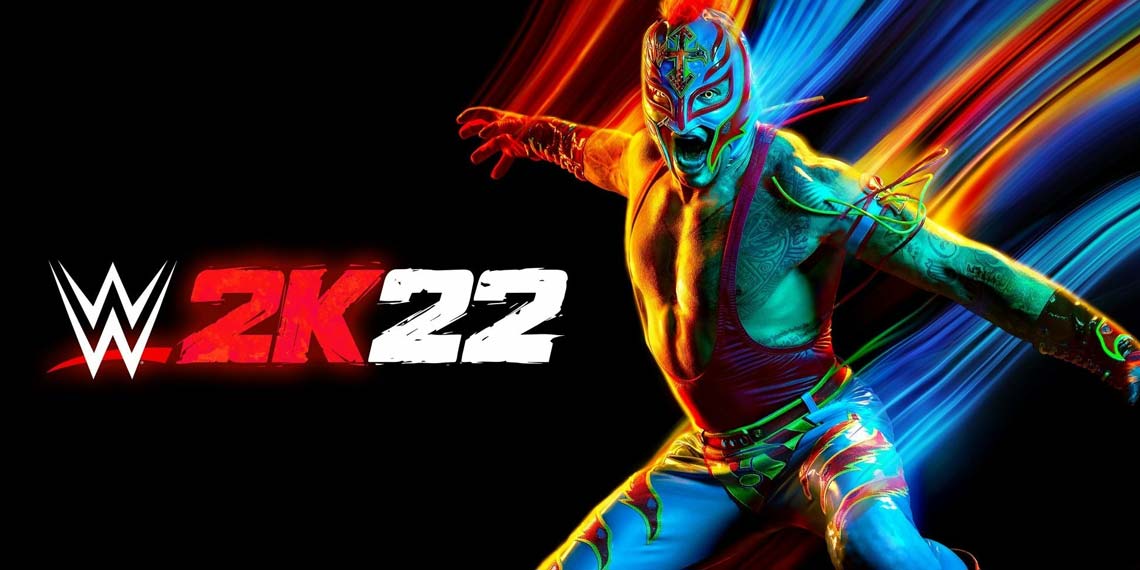In recent months we have often spoken of a "soft" generational shift, a leap towards the future that will bear fruit only in the long term,
making the new consoles maintain a sort of continuity with the dimension occupied by the old machines. After all, we are in the era of cross-gen video games, of mid-gen hardware, of the years in which the real potential of architectures can only shine at the end of the life cycle, just as happened in the case of The Last of Us Part 2.
But there is a particular element that profoundly differentiates the paths chosen by platform manufacturers. In the case of Sony there has never been talk of ecosystem, services have played a marginal role and the goal has instead tightened around the PlayStation 5 , a bit like it happened in the late 90s. In fact, when you finally have PS5 at hand, you realize that the approach of the Japanese house is deeply linked to the more classic concept.
PlayStation 5 craves to present itself as a new thing. It is new in aesthetics, completely overturning the traditional stylistics of the Japanese house; it is new in the user experience, which betrays the will to break away from the past; it is new in the controller, which promises and demonstrates that it wants to profoundly change the perception of the player; finally, it is also new in the hardware, which chooses not to focus on the brute force of the GPU to take a tangential path.
Other things, however, never change. Those who have chosen to make the leap together with PS5 know that they will find to welcome them, between now and Christmas, a line-up of titles willing to carry on the work completed by Sucker Punch's Ghost of Tsushima. He is aware that he finds Astro's Playroom pre-loaded, that he can sway between the buildings of Spider Man: Miles Morales, that he can get lost in the meanders of Boletaria with Demon's Souls, and that he can soon return to the role of Ratchet & Clank.
He knows that there is a Final Fantasy XVI in the pipeline that will be available as a console exclusive, that Santa Monica Studios is preparing Kratos for the launch of God of War: Ragnarok, that the Naughty Dog craftsmen are already working on a new project. In short, there are a lot of people who look at the last seven years spent in the company of PS4 as one of the best times ever in their gamer life. People who want more.
Perhaps nowadays, simple "cars" are no longer bought. What is under the hood of the new consoles has lost its importance, the 2000s are long gone. In fact, unlike in the past, you already know almost everything. Think about it: you already know how the games will run, what is hidden under the body, even how long the loading times are. Today we buy the "world" PlayStation, an intangible philosophy linked to the way of imagining and bringing the universe of video games to the public, and the same thing is true for the competition. Now, however, the time has come to leave philosophy aside and deal with more concrete things.
PlayStation 5 is a huge console. As obvious as it may be, this is the first thought that will cross the mind of anyone who finds himself discarding it on November 19th. At 39cm high, 26cm wide and 10.4cm deep, it is the largest video game console ever made. This does not only mean that it certainly does not go unnoticed, but above all that you would do better to take the measurements of the compartments cut out in the cabinets under your TV, in order to avoid nasty surprises at the time of installation.
Also because, as you know by now, the machine needs a base to be placed both vertically and horizontally. In the first case it is necessary to weld it on the bottom of the console using a small screw included in the package, while in the second it will be enough to slide the base up to the interlocking point on the back without having to take out any tools. Although criticized, the presence of the base is not so cumbersome: after all, each of us already knows if he will have PS5 in one or the other direction, therefore it is a maneuver to be carried out exclusively at the time of unboxing.
The console comes with the new DualSense controller, accompanied by the USB Type C cable needed to recharge the integrated battery. In this regard, the autonomy of the gamepad remains average: it is not a surprise if we consider the possible impact of haptic feedback on consumption, and it manages to guarantee about 7 consecutive hours of gameplay without the need to go through the pits in less demanding titles. Next to the pad we find the power cable, as always without an external transformer, together with an HDMI 2.1 cable compatible with Ultra High Speed.
The high front features a pair of sharp LEDs which, as per tradition, warm the atmosphere with an electric blue tone and then fade to white when the ignition is complete; scrolling to the bottom we cross a USB 3.1 port and a Type C imagined for the DualSense, while just below there is the power button and the control button of the player, which obviously is not present in the Digital Only variant. The back, pleasant and minimalist to say the least, houses two other USB 3.1 sockets, an Ethernet port, one for power supply and the inevitable HDMI Out.
It is undoubtedly a console designed and built to be watched for a long time. It attracts a lot of attention, and in live it manages to be much more captivating than embryonic renders. The left side, specifically, sports a slight curvature that gives unexpected shadows to that creamy white body intent on embracing the glossy black shell. True, at first you have to get used to its alien lines, but after a few minutes it becomes very difficult to take your eyes off the car.
On the other hand, it is a design object that is in a strange balance on the thread of the premium product. Some details are incredible, such as the tiny reliefs inspired by the historic PlayStation symbols that cover both the inside of the plates and the grips of the DualSense. At the same time, the disorienting dimensions, materials and shapes convey a baroque idea of the video game console, far removed from the functional minimalism that has always characterized the hardware of the house.
As we briefly mentioned, the element that most surprised us during these days in the company of PS5 is that it looks and behaves like a new thing. It does not want to be like the transition from an iPhone 10 to an iPhone 11 Pro Max, or even like that from an Nvidia 2070 to a 3090. And it is interesting that it was first of all Astro's Playroom, a ' an experience that seemed destined to pass on the sly.
The secret all lies in DualSense, and it was since the days of Wii and Wii Sports that we couldn't make such a statement. Sony's new controller is simply alive. It reacts to inputs, resists, caresses the palms of the hands, asks us to blow into the integrated microphone, fights with our fingers, in short, radiates an aura of novelty, a feeling that unfortunately is impossible to imprison in the confines of a written text .
The fact is that DualSense is a central element in Sony's next-gen. It is achieved by swaying among the skyscrapers of Spider-Man's Manhattan: in the midst of the technical virtuosity of New York in 4K, the horns of the gamepad begin to tickle the skin, as if we were throwing the cobwebs and then grabbing them decisively, weighing on the triggers. adaptive. It is a behavior that inevitably makes the imagination gallop until the next SIE first party efforts, something that could lead to crazy innovations. But, realistically speaking, it is also an element that could easily fall into disuse in the orbit of third parties.
It doesn't matter, because the DualSense remains beautiful. It is undoubtedly an extremely elegant gamepad, and also manages to be the most functional of those born from Sony. The weight is just right, slightly heavier than the DualShock 4, the grip is solid and there isn't a piece out of place. The touchpad is significantly improved, you can practically put your signature with your finger, while the speaker on the border of the analog sticks has been enriched with an internal microphone.
Once you press the small pad of the PlayStation logo in the center of the controller, the pair of LEDs drawn around the touchpad mimics the effigy of the console that turns on. A couple of seconds pass and you are inside the world of PS5, discovering that all the essentiality that was missing in the aesthetic lines was hiding on the other side of the screen. A beam of light that recalls the title screen of Final Fantasy VII briefly lights up the atmosphere, and in the blink of an eye the curtain rises on the new Home screen.
At the top the word Games stands out, as if to remind us that we are on the console heir to PS4. Immediately below appears the list of installed contents, and by scrolling through the analog you realize that each of them works as if it were a theme in its own right. Highlighting Spider-Man: Miles Morales, a wall-climbing wallpaper takes the entirety of the screen, as the notes of the original soundtrack beat the rhythm of the background music. And this applies to all the titles in the library: by selecting Shadow of the Colossus, for example, a wonderful picture of Wander spreads rapidly on the TV supported by an unmistakable instrumental.
In the rest of the user interface only what is strictly necessary peeks out: the play button, the tab dedicated to trophies, and that's it. At the top right three small icons emerge: the search, the settings and the profile, while the rest of the space is reserved exclusively for the main video game. Clean, essential, atmospheric: in our opinion it is a more than clear step forward compared to the chaos of vacant horror child squares that we have left behind. It is both more immediate and more beautiful to look at, qualities that would certainly have appealed to Steve Jobs.
And it is a philosophy that also translates into the options invoked by the Home button, when you are engaged in the game. At the moment of pressing, we are greeted by a list of Trophies for the software in use with lots of tracking, while below it unrolls a thin customizable gamebar aimed at hosting all the features we might need at the moment. Next to the Home icon we find, for example, notifications, audio, active downloads, the Game Base in which to contact friends and all the other great classics.
There are two, however, which deserve special consideration. The first is called Switcher, and leaking on the net has misled many users by thinking of a sort of Quick Resume for PS5, a feature capable of suspending and restarting multiple games without interruption. Unfortunately this is not the case: the Switcher is simply a window that collects the software in use and the most recent ones. It allows you to jump between the titles without having to go to the Home, but it must necessarily close the application before running another one. It is probably an embryo destined to evolve over time, but at the moment it appears as the most classic of "I wish but I cannot".
The second, on the other hand, is closely linked to the brand new Create button of the DualSense, created to replace the traditional Share. In addition to allowing us to take screenshots and gameplay captures, the Create feature automatically records the last sixty minutes spent in the running title, allowing us to save or discard them as needed. So you no longer have to worry about losing a legendary moment in the game forever, while preserving storage space.
In this regard, the entire OS that we have just told occupies about 157.8 gigabytes, therefore, out of the total of 825 that characterize the integrated SSD, we will have only 667.2 available for the storage of installed titles. Considering that a first party like Spider-Man: Miles Morales weighs 52GB, this narrowness might not seem like a problem, but you have to take into consideration the enormous size that some titles are taking on in recent times; installing Call of Duty: Modern Warfare, for example, would suck out about a fifth of the total space.
We decided to pair PS5 with two screens that are at opposite extremes: an old Philips entirely devoid of HDR capabilities, and a Samsung QLED Q80T. As for the uncertainties related to the HDMI cable, this is recognized as 2.1 by the 120Hz TV, and to dispel further doubts it was also certified as such by Sony itself when we asked it. As a result, it is capable of running the DMC 5 Special Edition to its full potential, currently the only title in the catalog that features Turbo options.
That said, the HDMI cable in the package is at least atypical compared to the standard, while in the last few hours the news of the lack of support for 1440p has leaked, which in the light of the strategies leaves the time it finds. Instead, what has put a smile on our face is Spider-Man: Miles Morales, capable of shooting in native 4K resolution with the possibility of upscaling up to 8K and ray-tracing technology, thanks to advanced lighting and additional particle effects; this configuration, called Fidelity, opts for a 30fps framerate lock to mess up the player with all the brute force of the next-gen.
If, on the other hand, you craved performance, in this specific case 60fps, you might prefer the dedicated mode that guarantees 4K, but only upscaled, sacrificing ray tracing and other goodies in favor of the framerate. The decision to launch the console together with Spider-Man's Manhattan has certainly paid off: the fiery sunsets that warm the snow-covered buildings, in symbiosis with the constant reflections that illuminate the skyline, draw a mosaic of shades capable of igniting the range of colors . Miles Morales is, to date, the true technical demo of the new console, despite being a cross-gen production; but in addition to surprising for the rendering of the lighting, it shines above all for loading times aligned with the promises of the house: uploads simply do not exist.
The feedback can be easily extended to Astro's Playroom, obviously less demanding but pleasantly capable of supporting the native 4K at 60fps in total silence, returning an unprecedented feeling for a platform in three dimensions. The most inspiring thing is that all of this happens by keeping the PlayStation 5 in a state of semi-inactivity, with peaks of decibels lower than those experienced by an office HP Pavilion (under 40 decibels), and a temperature inside the vents. which rarely goes above 50 °. So forget the deafening sound of the PS4 Pro ready for take-off: the only situation where the noise bar is slightly raised is limited to playing a game on disc.
This, in our case, was forcibly limited to backwards compatibility, and we are about to touch an area wrapped in a blanket of smoky communication, because there is still no clarity about the enhancement features and which experiences they will touch. Some titles will receive patches dedicated to the next-gen, which in the course of our test only happened to Days Gone (dynamic 4K at 60fps), while still others could give life to errors, such as Smite by Hi-Rez and some chapters of Assassin's Creed. But what happens, instead, taking into consideration other experiences?
The situation is complicated: instinctively we would be led to think of a full parity backward compatibility filed by the boost mode, but the truth is that many IPs take care of themselves. In Bloodborne, for example, the loading times of a teleporter from the Hunter's Dream to Yharnam Central have been reduced from 18 seconds on PS4 Pro with SDD (and from over 30 with hard drive) to just 10 seconds on PS5, while the framerate it remained fixed at 30fps. In the case of Sekiro, however, the framerate on Sony's mid-gen was around 40fps, a situation that appears to have improved on the shores of PlayStation 5.
The improvements seem to be closely related to the launch settings of the various titles analyzed. Sekiro on PS4 Pro could benefit from the unlocked framerate: if at the time it was unable to reach 60fps, it is only natural that it returns better performance in the confines of a more powerful machine, just as it is natural that the SSD reduces loading times. The case of Final Fantasy VII Remake then is clear: the loading times no longer exist, they are literally zeroed, and the whole adventure can be lived without the slightest interruption.
Given the premises, the real risk is to do "cherry picking", providing you with feedback that does not effectively photograph the backward compatibility conditions of the entire library. To shine are the exclusives, with God of War in performance mode finally able to anchor itself to 60fps, but the rest of the offer will be evaluated on a case by case basis. The feeling, in all honesty, is that of being faced with a boost feature that sometimes works in an amazing way, but that was not part of the original concept of the console; the list of titles that could cause problems is frightening, not to mention that, without Microsoft, it is possible that the feature would never have existed.
While we can't talk in detail about the Playstation Plus UX and UI, once the competition is mentioned it would be impossible to gloss over the PS Plus Collection. Basically it is a selection of 20 experiences that have marked the PS4 generation, now included in the traditional subscription for all early adopters of PS5. Of course, it is not the size of the Game Pass but the Collection delivers works such as God of War, Bloodborne, Persona 5, The Last Guardian, Uncharted 4 and The Last of Us Remastered, accompanied by other great exclusives as well as top third-party sellers, including Monster Hunter: World and Final Fantasy XV.
Finally, a brief consideration in the "eye does not see, heart does not hurt" style is mandatory: once everything that appears on the screen is exhausted, it is necessary to deal with what is hidden inside the body. And despite being a jewel from an engineering and construction point of view, PS5 mounts components, including CPU and GPU, which on paper (but also in the execution of third parties) are inferior to those of the direct competitor.
As pointed out by Digital Foundry, a smaller GPU can also mean more agile performance, with the consequence that the performance may surprise when compared to the crude number of TFLOPs, by its nature unsuitable to define its characteristics. Likewise, the much-discussed SSD has an order of efficiency that doubles PS4's results, and could theoretically fill the entirety of PS5's 16GB of storage in just two seconds. But never as in this case doubts can be dispelled only through analyzes dedicated to individual productions; in this sense, the contribution of our Digital Foundry will prove more valuable than ever.
Sony PS5 is the synthesis of all these features. It is a machine that was created to embody a concept of novelty that seemed to have abandoned the console world for a couple of generations, as well as to transmit flashes of futuristic innovation by sacrificing flashes of continuity. It is the result of a series of daring choices that require much longer evaluation times than those of a simple upgrade, and this applies as much to the DualSense as to the architecture of the hardware.
Even if over the last few months we have breathed an atmosphere very different from that of the classic transition to the next-gen, on the desk to our right there is an object with alien shapes, a kind of supercar of video game consoles, something that manages to return the same sensations experienced twenty years ago. In the end, despite the predominance of processors, circuits and memory cards, the generational leap has managed to remain an exciting moment; this happened thanks to PS5, a machine that aims to replicate the same moments experienced in youth.
In our opinion, the purpose of PlayStation 5 was precisely this: to jealously guard the future, collect all the legacy of the past and transform itself into a gate ready to overlook a new era of great productions, capable of making people smile, cry and dream. Even if today we talked about concrete things, the ninth generation of consoles will undoubtedly be remembered as that of opposing philosophies; and if Sony's artistic dimension has already triumphed in the past, never as in this case does the future of living room hardware find itself in the balance between very valid offers.
Also Read:
iPhone 13 Will Be Much Thicker Than iPhone 12 - Here's Why
Pixel 6 Will have a Processor Designed by Google
Differences Between ADSL Broadband vs Fiber Broadband


